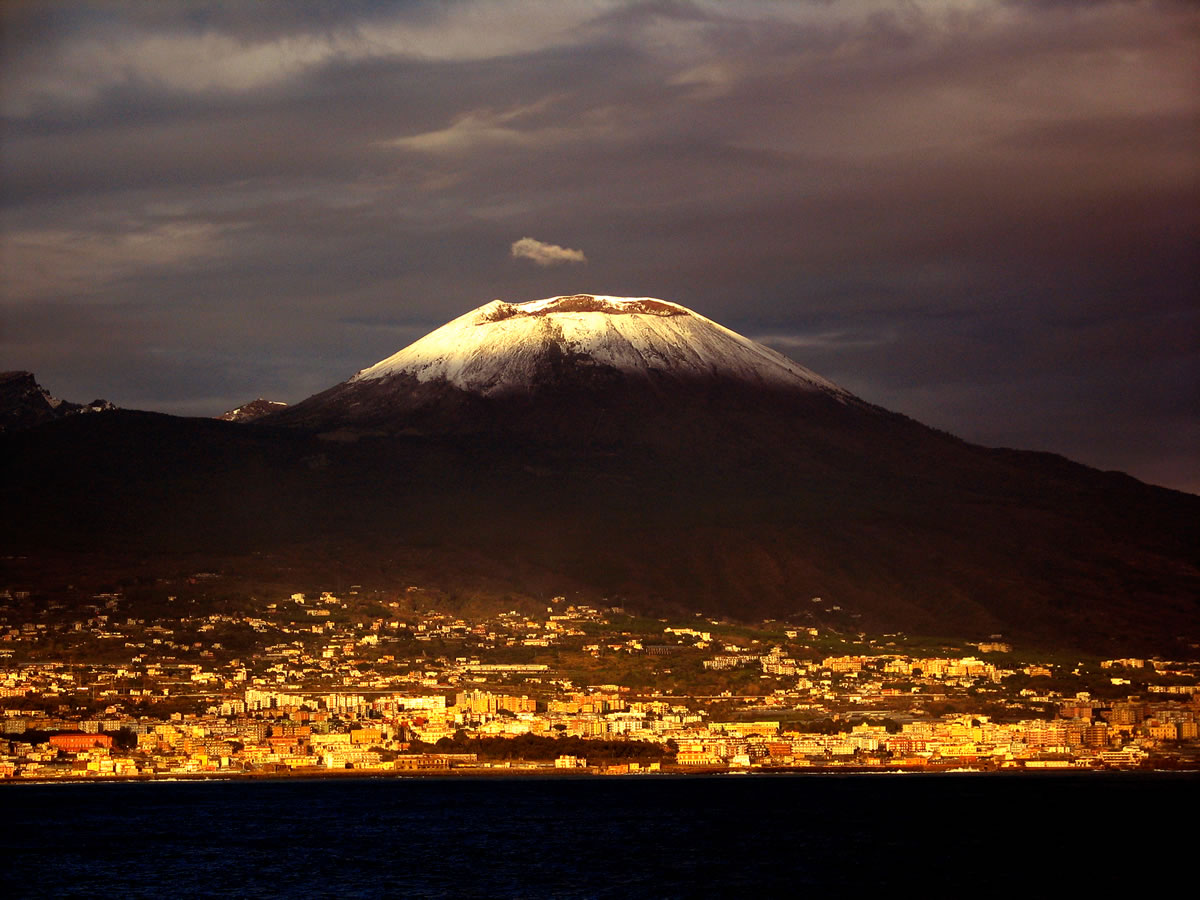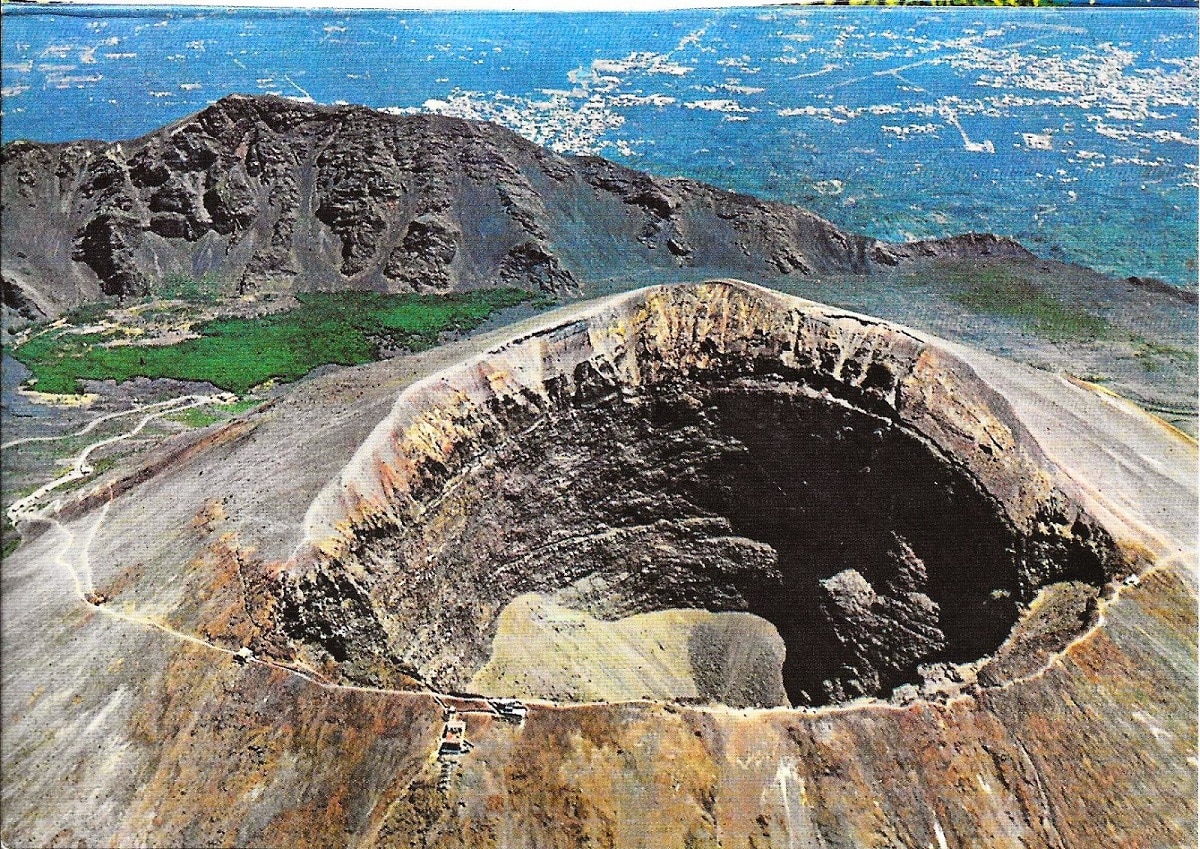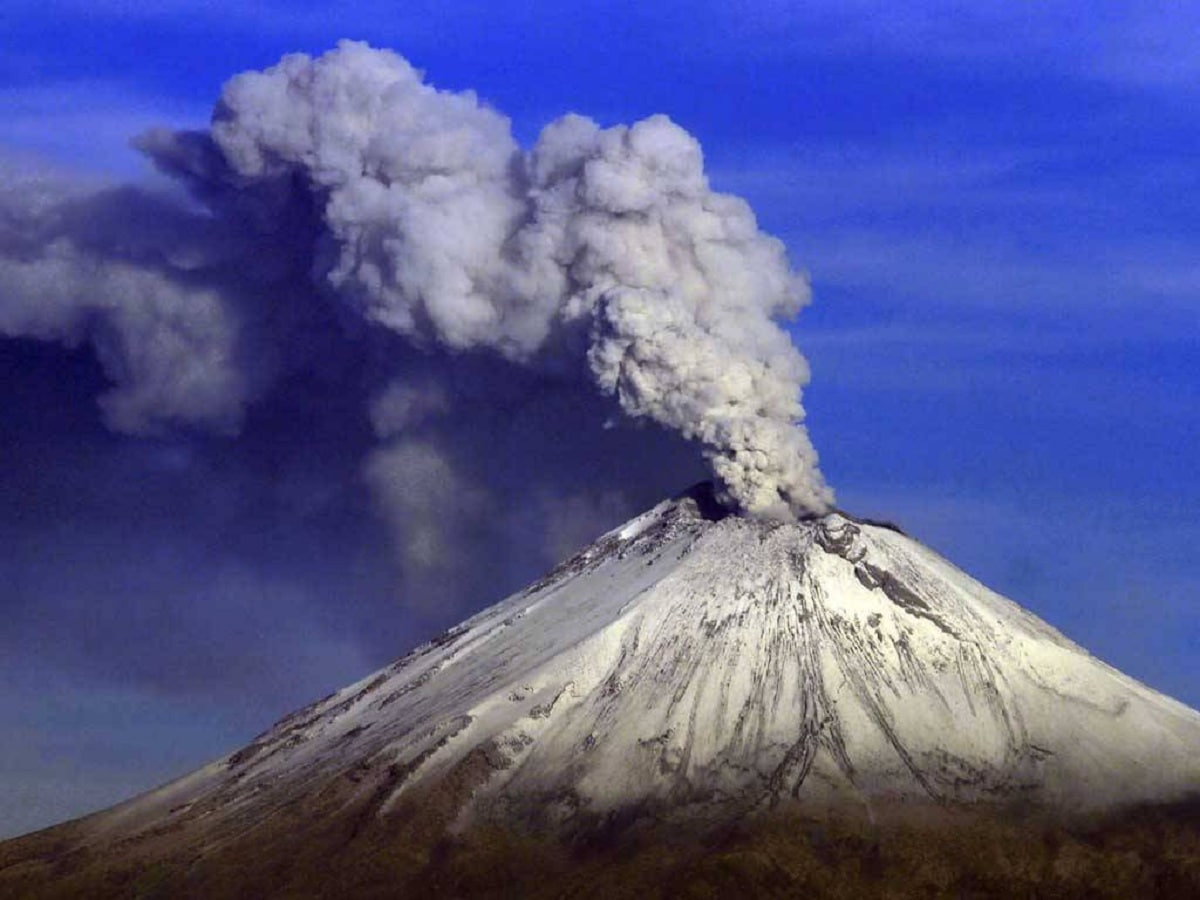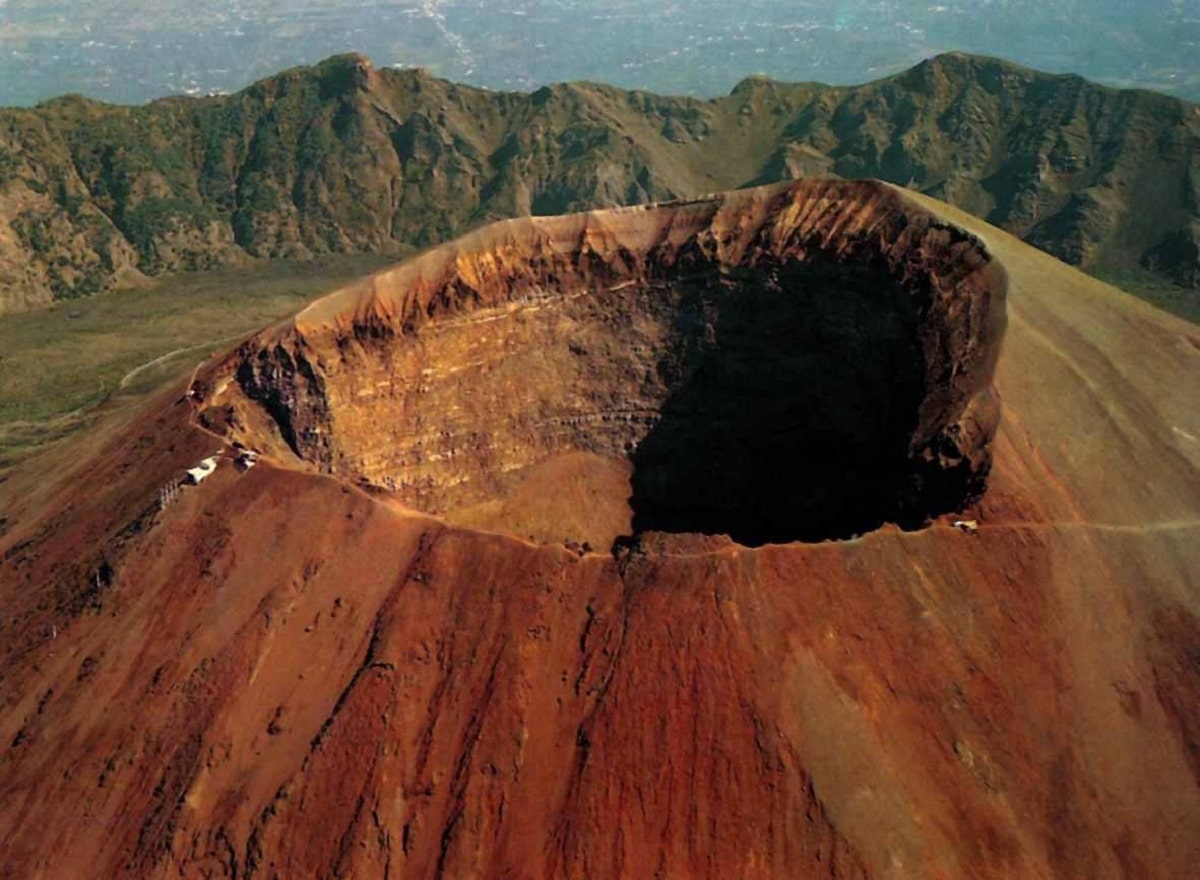
Today we are going to talk about one of the volcanoes that is responsible for one of the greatest natural disasters that has occurred naturally in history. Its about Vesubio mont. It is a type of volcano that has caused a volcanic eruption of catastrophic dimensions and is currently considered one of the most dangerous volcanoes in the world. It is the only active volcano found in continental Europe.
In this article we are going to tell you about all the characteristics, geology and danger that Mount Vesuvius has.
Key features

This volcano is located in the Campania region of southern Italy. It is located more or less about 9 kilometers from the city of Naples. It is a volcano well known for having some names such as Vesaevus, Vesevus, Vesbius and Vesuve. Among the main characteristics that this volcano has is that it is formed by an accumulation of several layers of lava, volcanic ash, pumice, and some pyroclastic materials. All these materials have been produced in small eruptions and have accumulated over millions of years.
Mount Vesuvius is classified as one of the most dangerous volcanoes in the world. Its volcanic eruptions are those of a composite volcano or stratovolcano type. Since the central horn of this volcano emerged in a volcanic caldera, it falls into the category of the somma volcano type. It is considered one of the most dangerous volcanoes in the world and has a cone of about 1.281 meters high. This cone is known by the name of Great cone. It is surrounded by the edge of the summit of the caldera that belongs to Monte Somma. This mountain has an altitude of 1.132 meters.
Mount Vesuvius and Mount Somma are separated by the Atrio di Cavallo valley. Depending on the volcanic eruptions that take place, the height of the cones has been modified throughout history. At the top of these volcanoes is a crater more than 300 meters deep.
Formation of Mount Vesuvius

Scientists have studied the formation of this volcano throughout history and it is known to be just above a subduction zone. This zone lies between the Eurasian and African plates. This second plate is being subducted under the first. This means that it is sinking below the first and it does so at a rate of 3,2 centimeters per year. This rate of subduction is what caused the formation of Mount Somma.
This mount is older than the Vesuvius volcano since it was formed first. The oldest long known study comes from the volcanic area and is around 300.000 years old. 25000 years ago it is known that the top of the Somma volcano it collapsed from a very large eruption and is where a caldera began to create. However, the formation of the cone that is part of Vesuvius did not begin until almost 17.000 years ago. This makes Vesuvius a more modern volcano. The total appearance of the Great Cone of Vesuvius appeared in AD 79. In order for Franklin to appear and finish building, there had to be a magnanimous eruption.
However, this site had already been subjected to some large explosions and eruptions and the region suffered from strong seismic activity. The origin of the seismic activity that occurred in this place was due to the movement of the tectonic plates and the process of subduction of one plate on another.
We know that this volcano was the result of magma coming out of the surface since the sediments that are from the African plate were pushed down. These sediments are quite large in size and had a very high temperature. Eventually, these sediments could melt because of the temperature and it is what caused it to push upwards until it broke a part of the earth's crust.
Eruptions of Mount Vesuvius

We are going to review all the most important eruptions that this volcano has had. It is known that in the second millennium BC the so-called Avelino eruption occurred. It is one of the largest eruptions in prehistory. The Vesuvius volcano has a long history of eruptions and for this reason it has also become one of the most dangerous since they are all very intense. The oldest that is confirmed took place in the year 6940 BC. Thereafter there have been more than 50 eruptions that have been confirmed and some others that have an exact date.
Some of the most powerful eruptions that have existed throughout history have taken place in the year 5960 BC. C. and 3580. These two eruptions were quite strong and placed the volcano as one of the largest in all of Europe. In the second millennium BC, the so-called Avelino eruption took place, which was one of the most powerful in all of prehistory.
Despite the fact that this volcano is famous for all its volcanic eruptions, the most intense that has been in all history and that has had more force and caused effects was the one that occurred in the year 79 AD It is here that already in the year 62 BC the inhabitants of the surroundings felt strong earthquakes. All these earthquakes did not surprise the villagers, as they were used to them. However, as early as 79 AD, Vesuvius erupted and expelled large amounts of stone clouds, volcanic gas, ash, pulverized pumice, molten rock, and some other materials. All these materials were expelled at a height of 33 kilometers and a flow of 1.5 tons per second. This is one of the biggest volcanic eruptions in all of history and it stunned everyone.
I hope that with this information you can learn more about Mount Vesuvius and its characteristics.